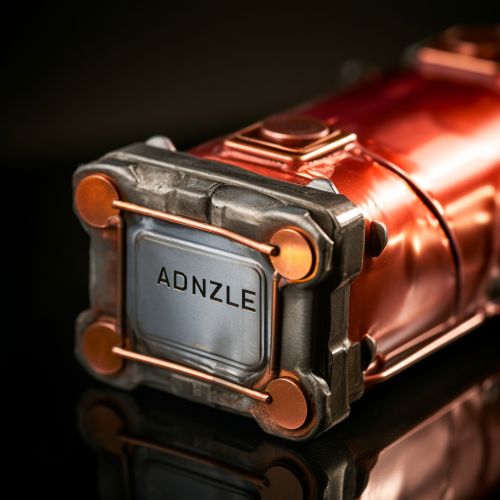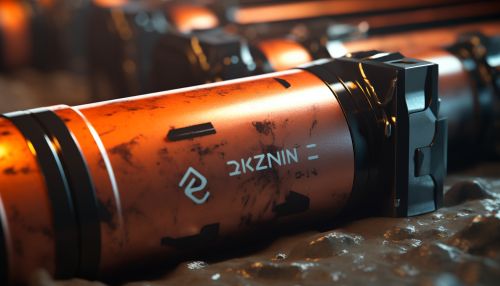Zinc-bromine battery
Introduction
The Zinc-bromine battery is a type of flow battery, a class of electrochemical cells. It is a rechargeable battery that utilizes zinc and bromine as its main components. The zinc-bromine battery is characterized by its ability to store energy in liquid form, allowing for a high energy density and the potential for large-scale energy storage.
History
The concept of the zinc-bromine battery was first proposed in the late 19th century. However, it was not until the 1970s that the technology was developed and commercialized by Exxon. Despite its early promise, the technology faced numerous challenges, including issues with the battery's longevity and the corrosive nature of bromine. These factors limited its widespread adoption.
Structure and Composition
The zinc-bromine battery consists of two main components: the anode and the cathode. The anode is made of zinc, while the cathode is composed of bromine. These components are separated by a membrane, which allows ions to pass through while preventing the direct mixing of the reactants.


Working Principle
The operation of a zinc-bromine battery involves a series of electrochemical reactions. During the charging process, zinc is oxidized at the anode, releasing electrons. These electrons travel through an external circuit to the cathode, where bromine is reduced. The resulting zinc and bromine ions combine to form zinc bromide, which is stored in the battery's electrolyte. During discharging, the process is reversed, with zinc bromide being split back into zinc and bromine, releasing energy.
Applications
Zinc-bromine batteries have found use in a variety of applications. Due to their high energy density and scalability, they are particularly suited for grid-scale energy storage. They are also used in electric vehicles and for backup power in telecommunications and data centers.
Advantages and Disadvantages
The zinc-bromine battery offers several advantages, including a high energy density, the ability to be fully discharged without damage, and a relatively low cost compared to other types of flow batteries. However, it also has several disadvantages. The use of bromine, a corrosive and toxic substance, presents safety and environmental concerns. Additionally, the battery's efficiency decreases over time due to the gradual dissolution of the zinc electrode.
Future Prospects
Despite its challenges, the zinc-bromine battery continues to be the subject of research and development efforts. Advances in materials science and engineering may lead to improvements in the battery's performance and longevity. Furthermore, the growing demand for large-scale energy storage solutions, driven by the increasing adoption of renewable energy sources, may provide new opportunities for the zinc-bromine battery.
